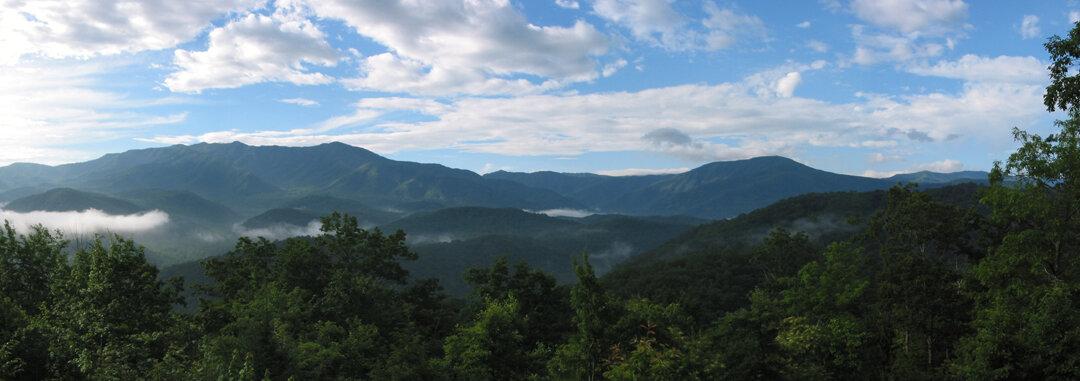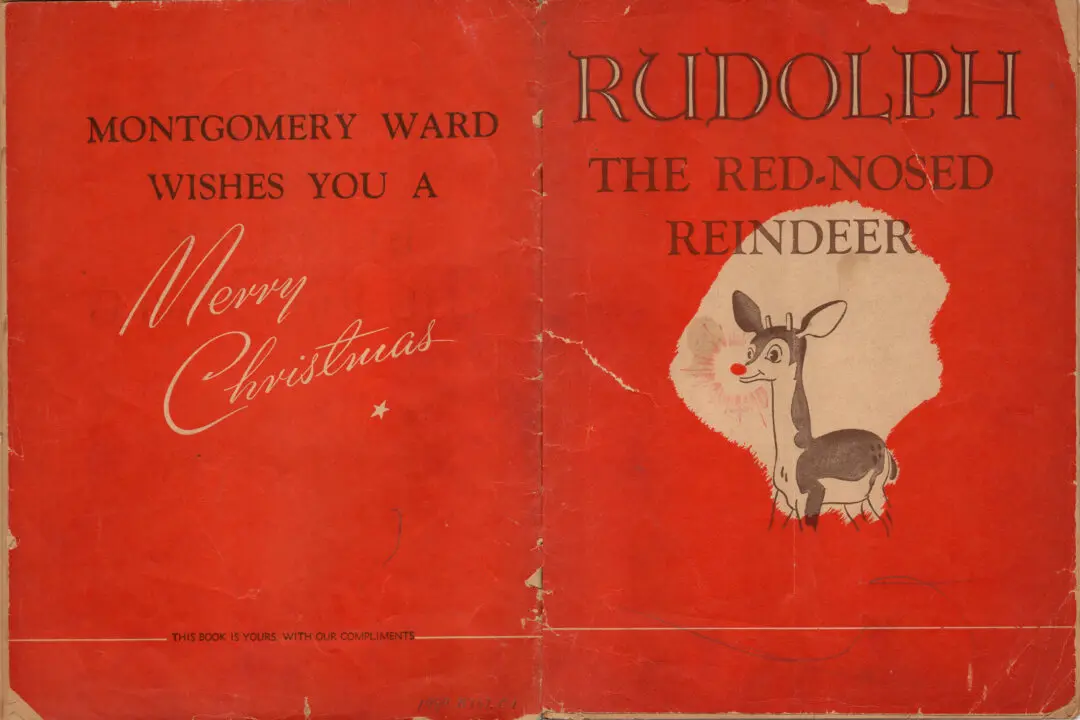Let’s start with that next-to-last word of the headline.
If you visit Eastern Tennessee or Western North Carolina, you’ll immediately mark yourself as an outsider if you pronounce Appalachian as Ap-pull-lay-shun. It’s Ap-pull-latch-un to those who live there, with that last syllable dropping down hard as a stone.






